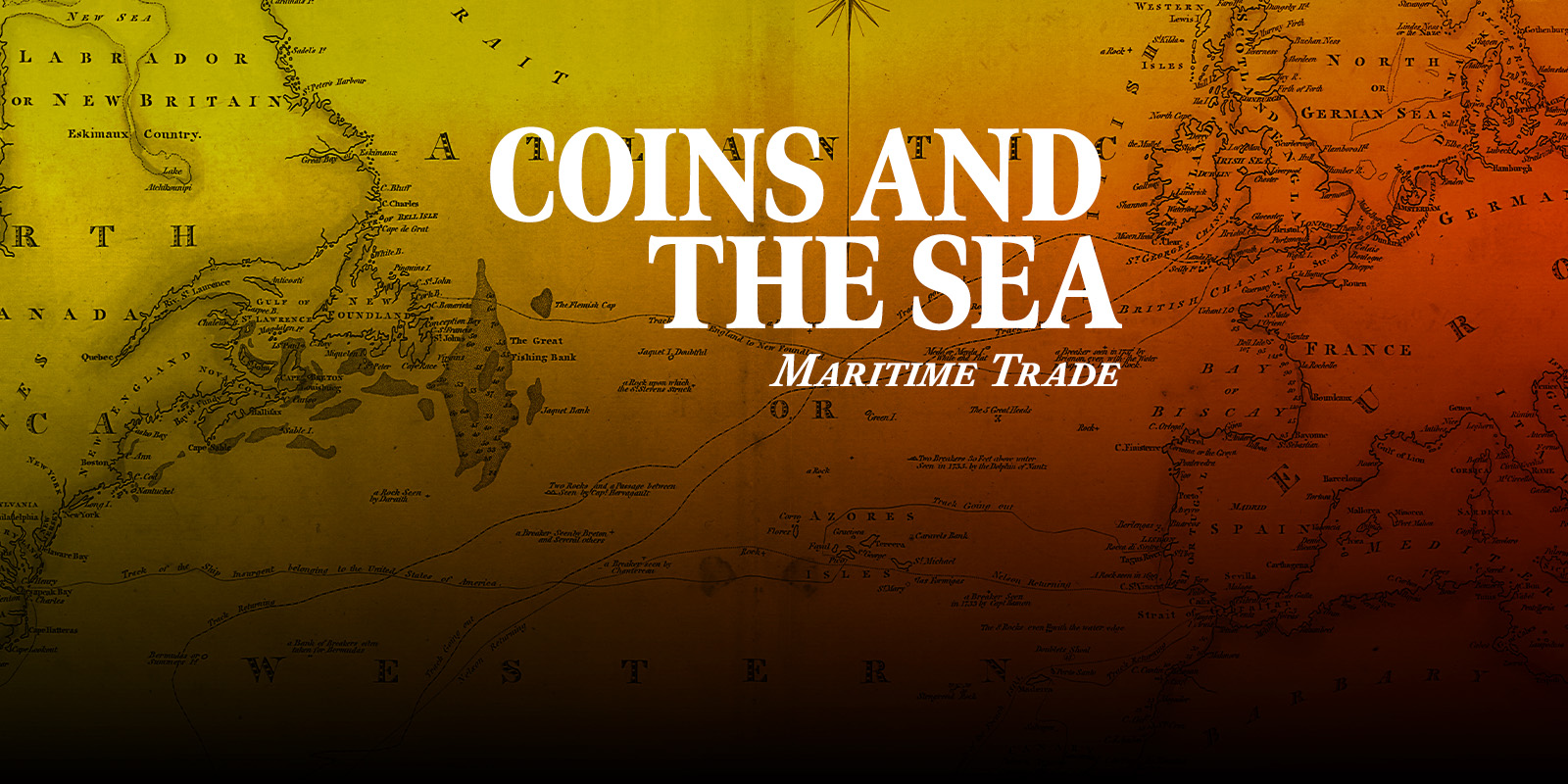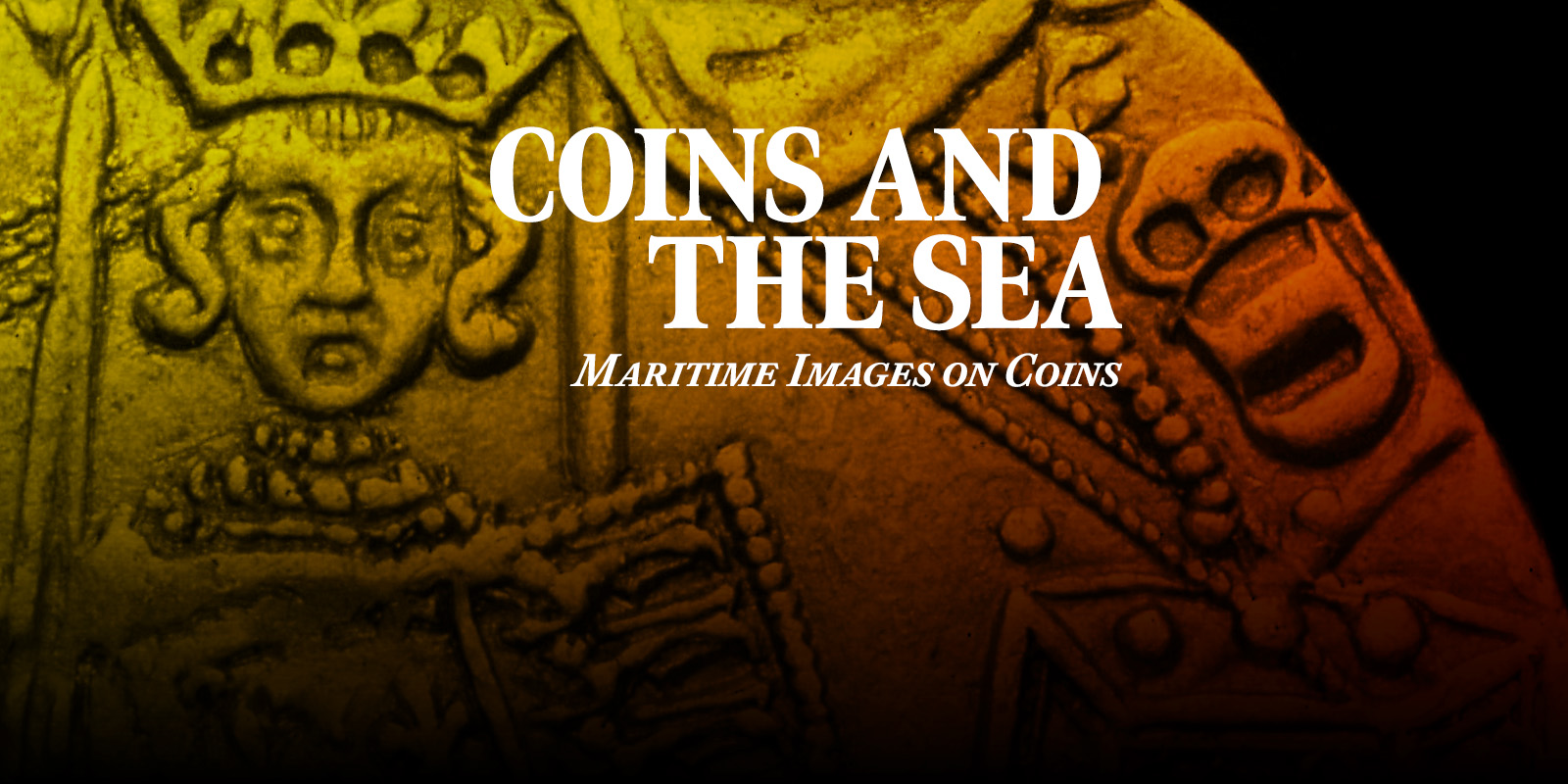
Maritime Imagery
Episode 1
Whether in warships or life saving, Britain’s naval heritage has had a lasting impact on its currency for centuries. In this episode, explore the story of British naval history through coins of the past.
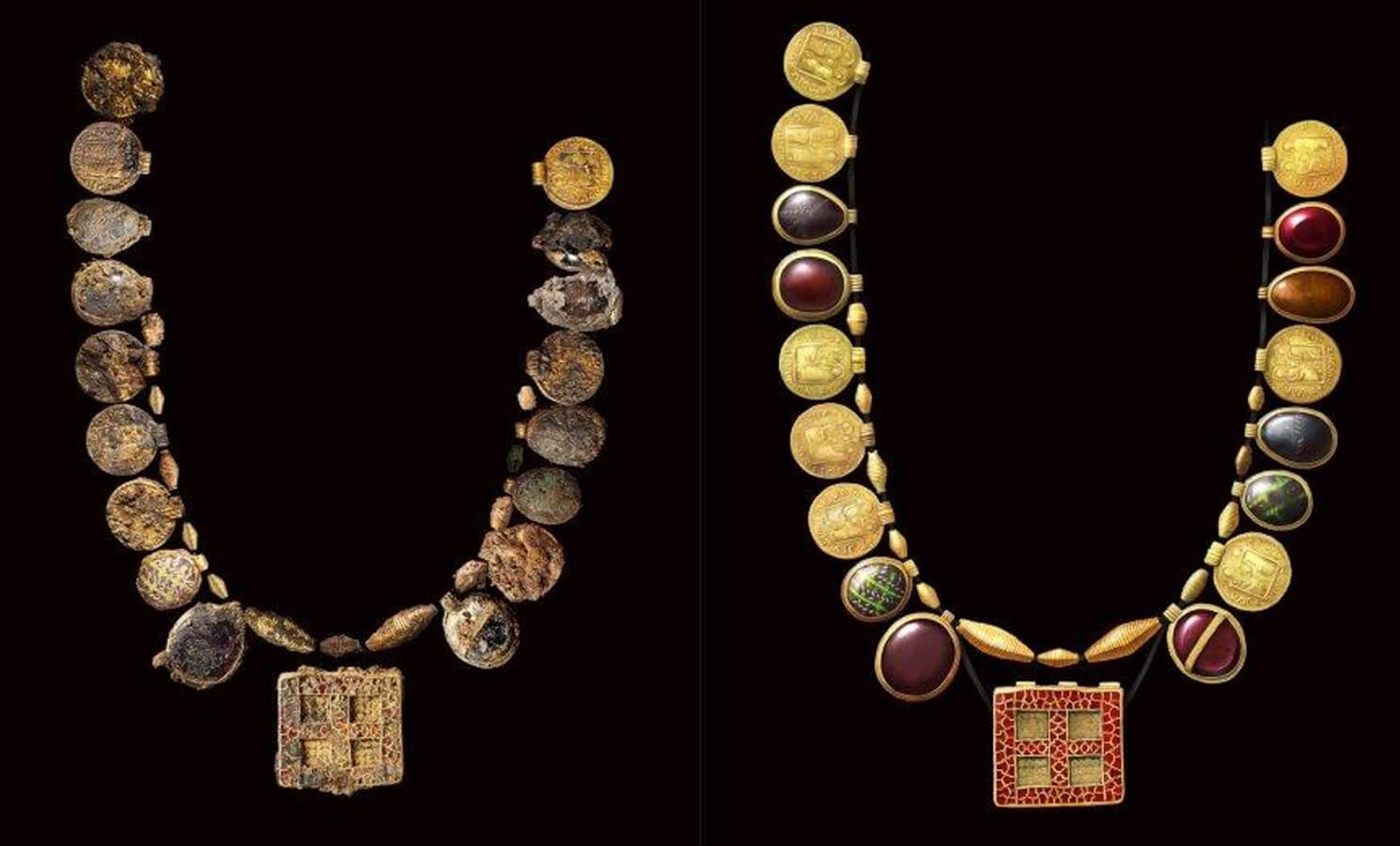
The Harpole Treasure is one of the most spectacular archaeological finds of recent times. This intricate and beautiful necklace, featuring gems and coins, is still undergoing conservation and investigation by the Museum of London Archaeology unit (MOLA). Image copyright: MOLA.
See images of this amazing piece here.
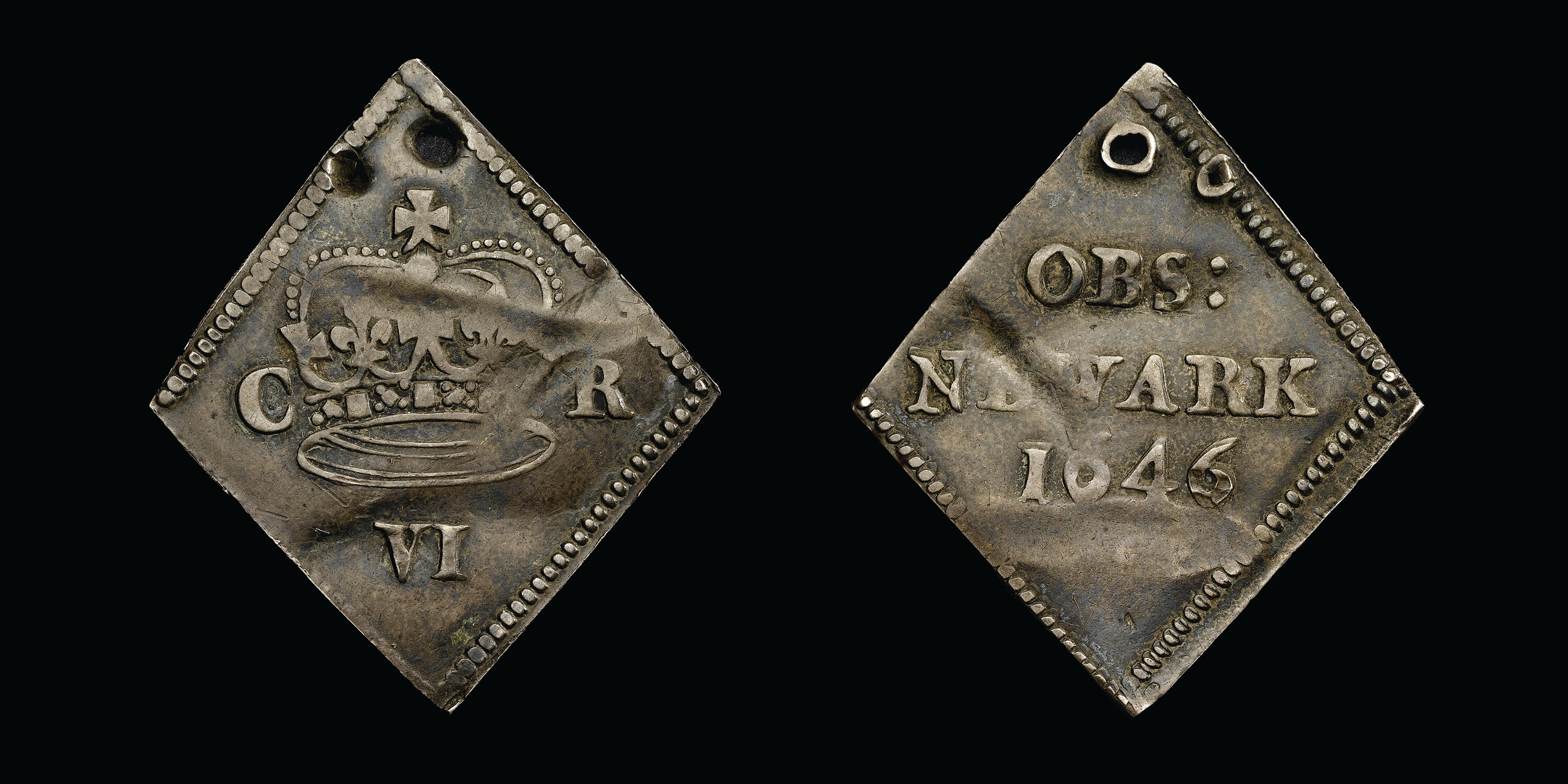
If you were surrounded, cut off and besieged in a town in the English Civil War of the 1640s you may have had to use something like this odd-shaped stand-in coinage. Made from local melted down silver plate and engraved with a design that often represented the local town, these unusual-looking pieces were a currency of last resort. Some can be found pierced with a small hole, and it is thought that they would have been worn as a sign of support for King Charles I and his Royalists.
Learn more about currency in the time of conflict here
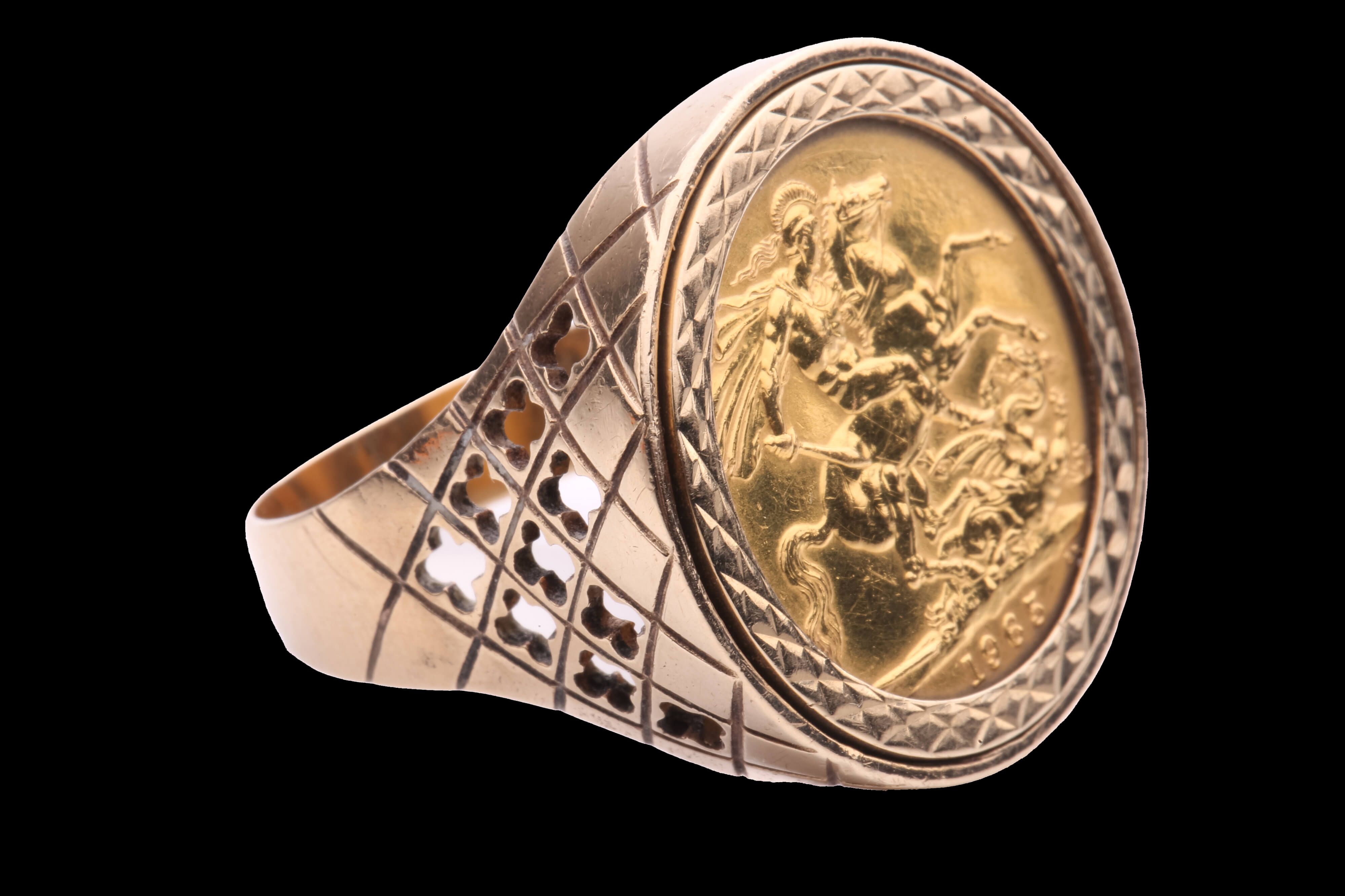
You cannot get more ‘bling’ than a sovereign ring. This famous British coin has been made into coin rings, necklaces and watch chains for as long as it has existed. Today, they can be found worn by people from all walks of life.

This gold coin necklace of traditional Indian design incorporates several Victorian sovereigns and helps to demonstrate the enduring appeal of coins in jewellery throughout time and across different cultures.
Our guests in this episode were Eleanore Cox (Northamptonshire Archives & Heritage Service) and Gordon Summers (Royal Mint). Click here to find out more about them.
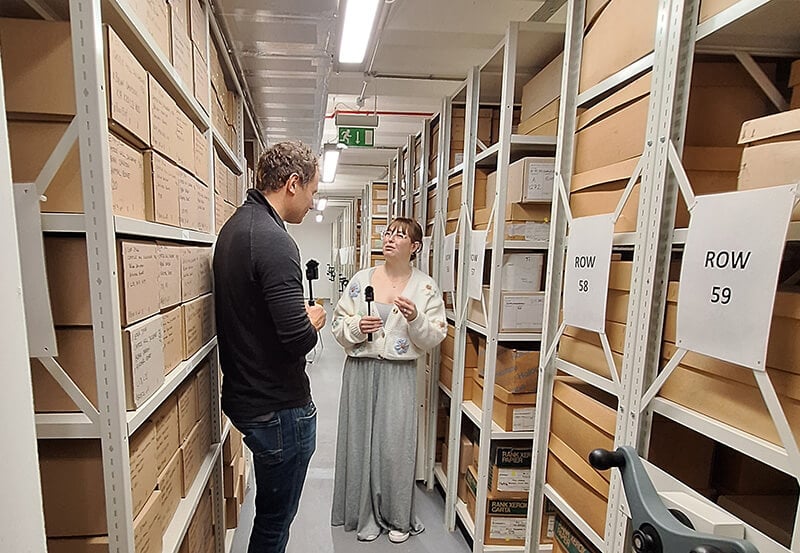
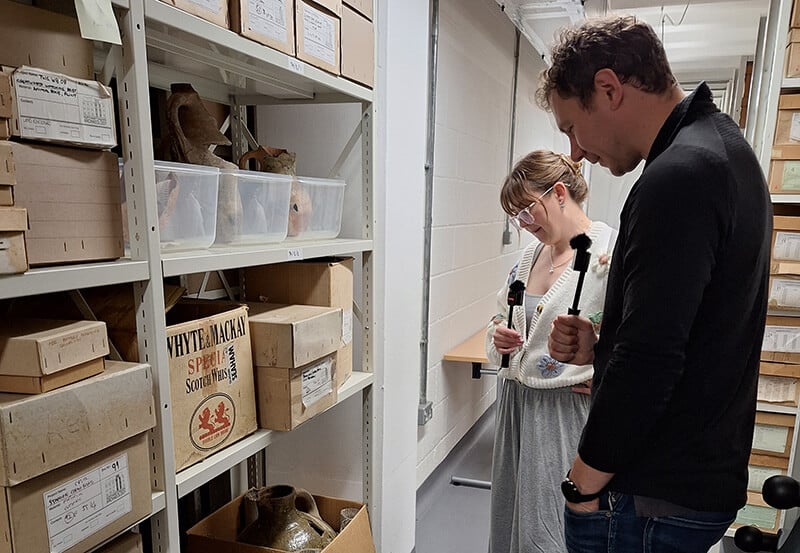

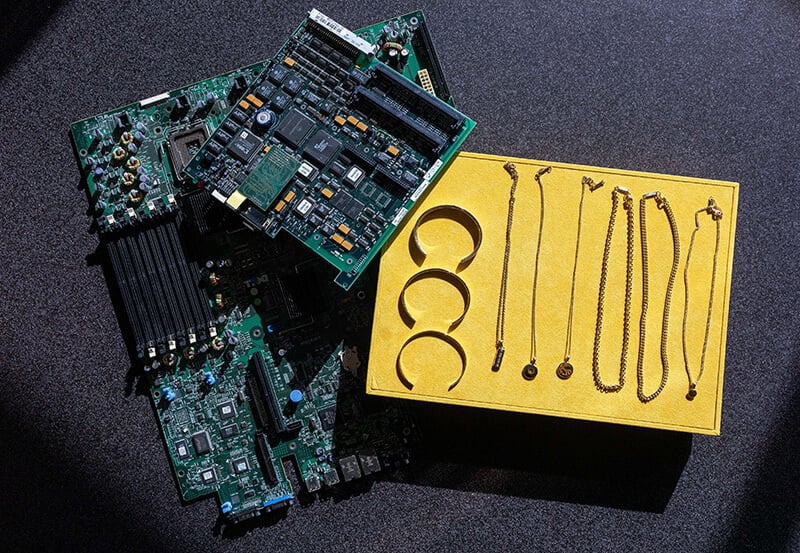
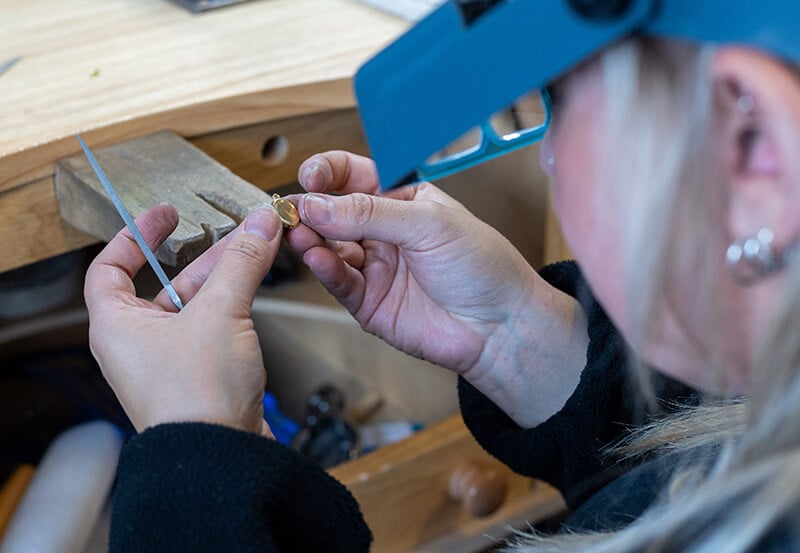

Episode 1
Whether in warships or life saving, Britain’s naval heritage has had a lasting impact on its currency for centuries. In this episode, explore the story of British naval history through coins of the past.
Episode 2
From pub signs to punk art, the robed and armed female figure of Britannia permeates British identity. Find out how this Classical figure developed through coinage and medallic art to become a figure of the nation.
Episode 3
The golden age of sail gave way to a world of global trade, where gold and silver could be sailed internationally for vast profit. Explore how the money made from and used for this trade shaped British history.

